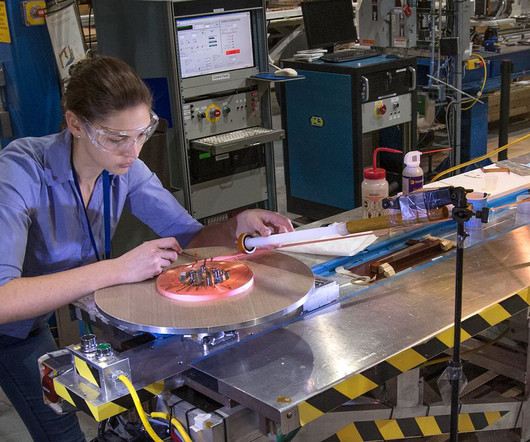5 Big Ideas for High-Temperature Superconductors
Cars That Think
SEPTEMBER 18, 2023
Energy Storage Unlike conventional batteries, which use chemicals to store energy, superconducting magnetic-energy storage (SMES) uses a magnetic field created by the flow of direct current in a coil of superconducting material. tesla magnetic field in 2014. Since then, research has lagged due to the high cost of the materials.























Let's personalize your content